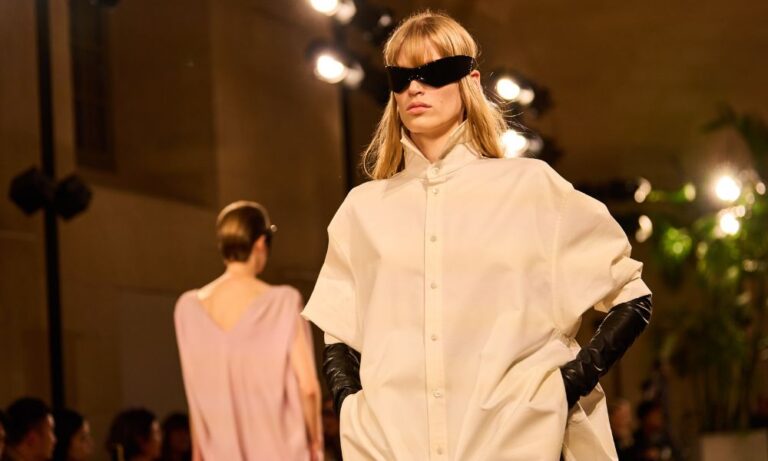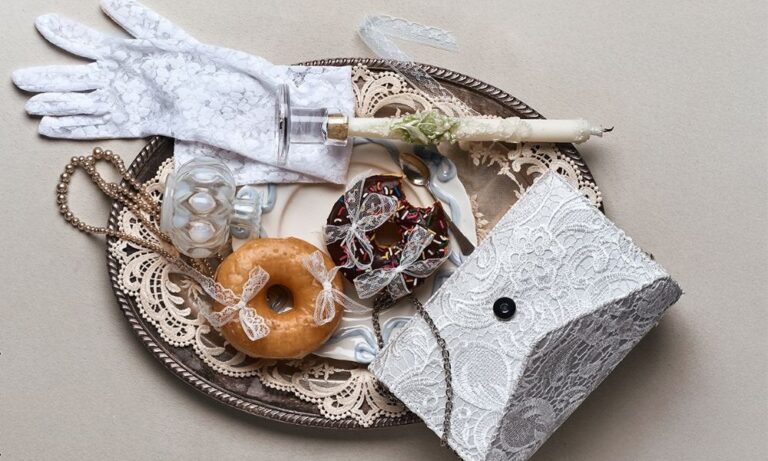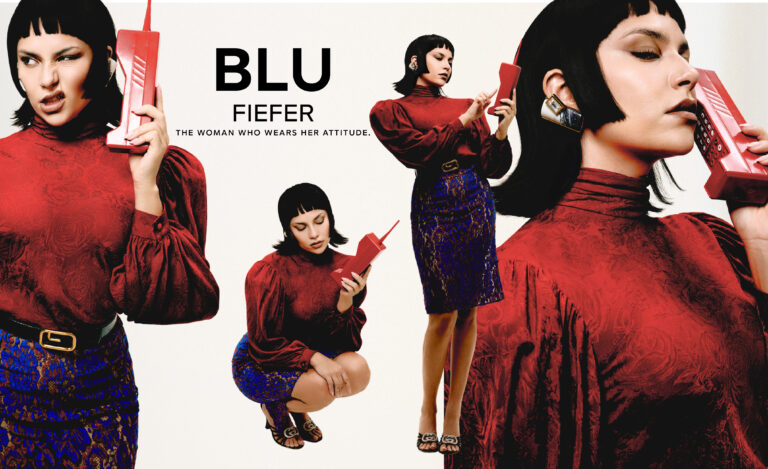The story is one of a humble, uneducated boy evolving into the shoemaker favored by the stars. It is a chronicle of ceaseless renewal and transformation. Salvatore Ferragamo, hailing from Bonito village and positioned as the 11th of 14 siblings, had been crafting exquisite footwear since his tender age of 12. His rebirth in the United States, emerging as a young Italian craftsman who instinctively grasped the yearnings of Hollywood, marked the inception of his initial Renaissance.
This metamorphosis was accomplished by embracing his Italian roots alongside audacious talent. The interiors of his establishment on Hollywood Boulevard, numbered 6683, resonated with the essence of Italian Renaissance: walls adorned with batik resembling tapestries from the 14th century, hand-carved sofas, and opulent draperies harmonizing with classical columns. Despite his origins in the Avellino region near Naples, Salvatore was entranced by the allure of Florence, the “Gem of the Renaissance,” and saturated with the spirit of that epoch; he comprehended its influence and significance. Thus, when the decision arose a few years later to return to Italy, only one destination sufficed: Florence. Thus commenced a new era of Ferragamo’s renaissance.
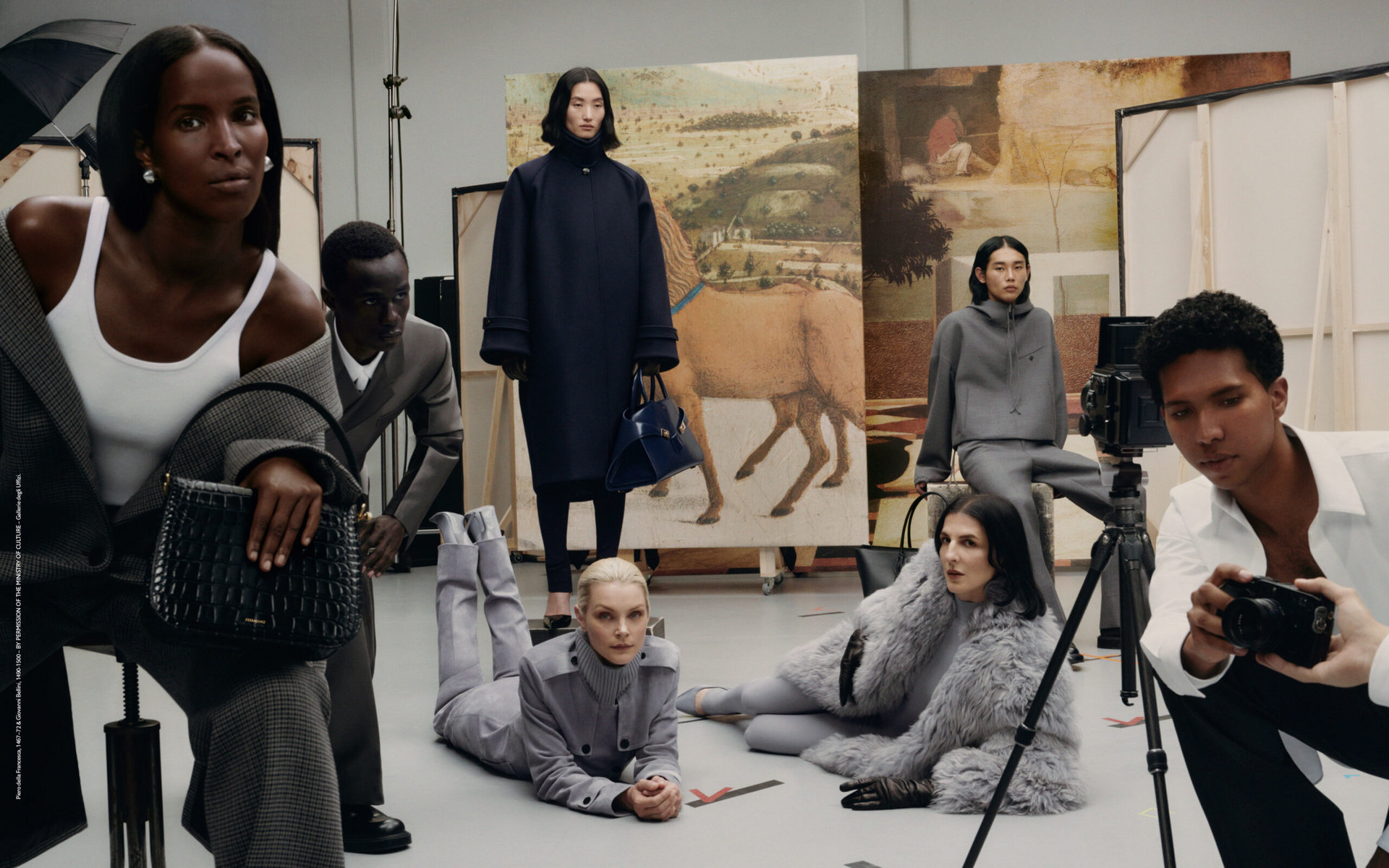
The Italian Renaissance, a period marked by profound creativity and fresh ideologies, extolled innovation and craftsmanship, bridging the domains of art and artisanal mastery. These attributes were exemplified within Palazzo Spini Feroni, the residence bestowed upon Ferragamo in Florence in 1927. Dating back to the 13th century, this palatial abode, still serving as Ferragamo’s headquarters, mirrored the essence of the Florentine bottega, where master artists and craftsmen convened, exchanging thoughts and expertise. This environment fostered the development of local philosophies and skills into a worldwide phenomenon by Renaissance thinkers, intellectuals, and artists.
A vibrant community of creatives fueled the founder’s imagination and projected his Florence-infused collections. This encompassed not only Salvatore’s fellow craftsmen but also his exceptional clientele: luminaries such as Audrey Hepburn, Greta Garbo, Sophia Loren, Lauren Bacall, Marilyn Monroe, and Eva Perón (years later, Madonna would sport Ferragamo when portraying Perón in “Evita”).
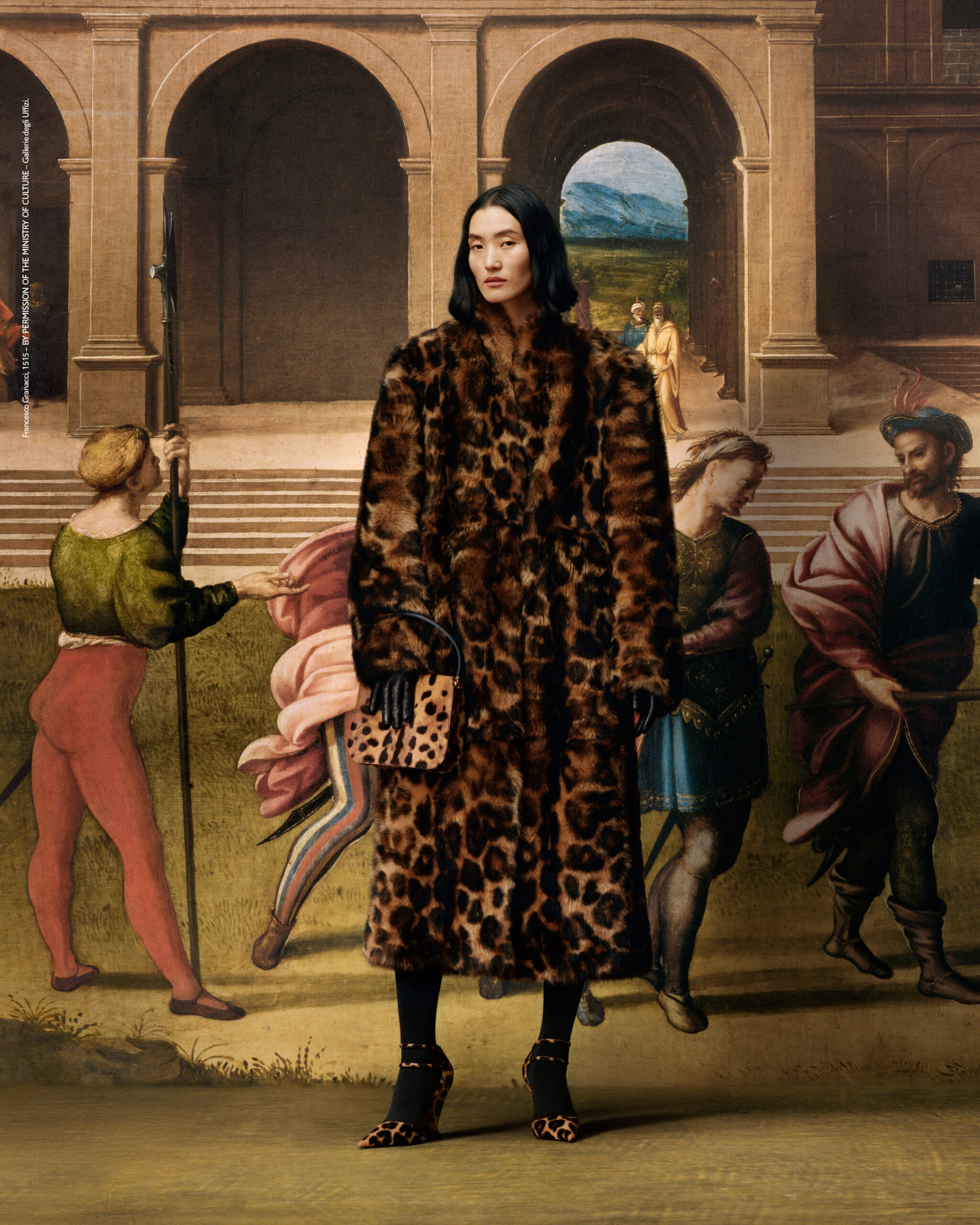
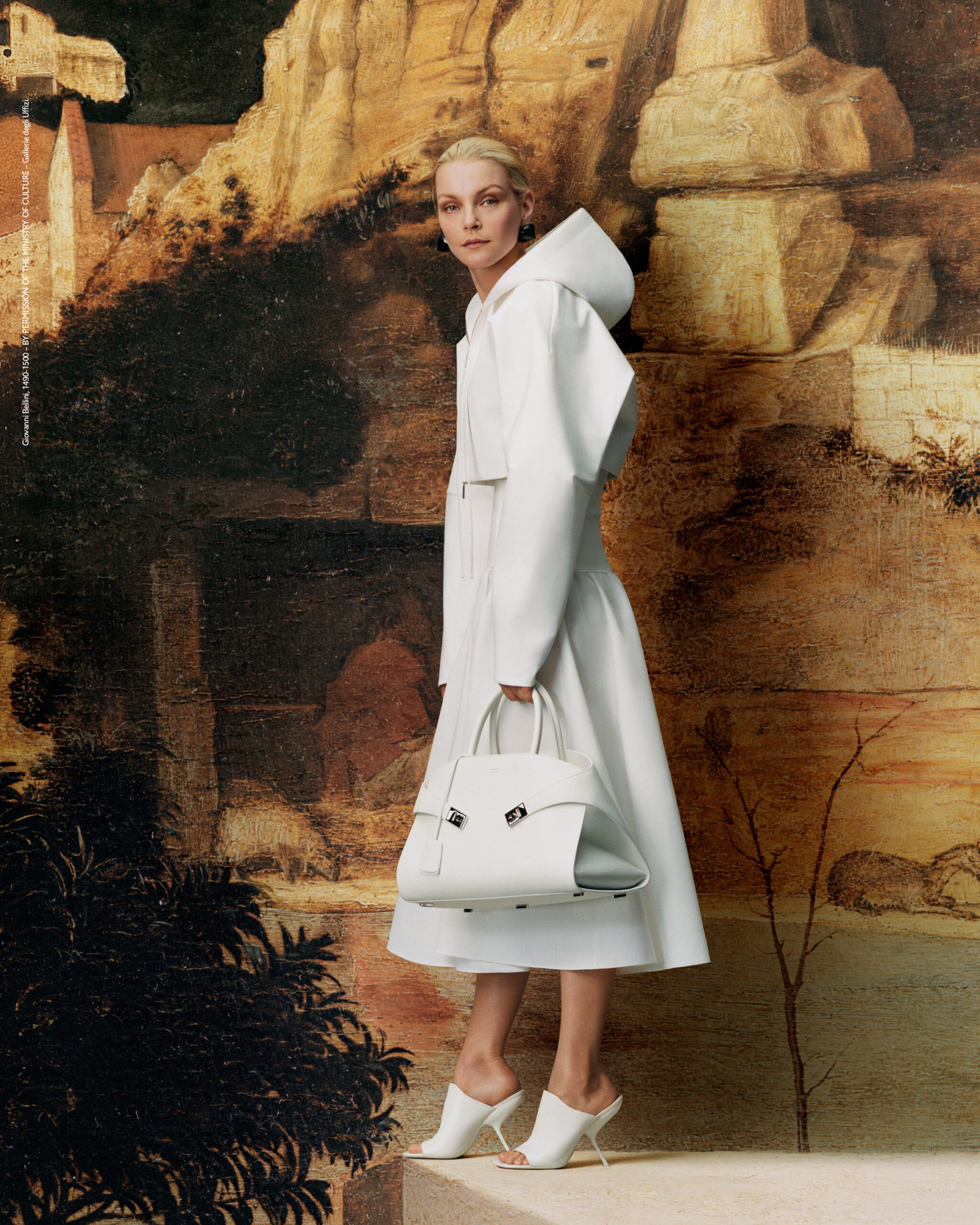
At the core of the Florentine experience that ignited Ferragamo’s inventiveness lay the emblematic heart of the city’s perpetual celebration of the Renaissance—the Uffizi. Originating as offices (known as “uffizi”) for Cosimo I de’ Medici, Grand Duke of Tuscany, crafted by Giorgio Vasari in 1569, the Uffizi stood as one of the earliest modern museums. It opened its gallery to the public in 1769, eventually evolving into a full-fledged museum less than a century later. Throughout Florence’s history, the Uffizi has stood as an unwavering beacon, reminding us of the enduring significance of timeless ideas, artistry, beauty, and innovation.
ALSO READ: EVERYTHING YOU NEED TO KNOW ABOUT COPENHAGEN FASHION WEEK SPRING-SUMMER 2024.


